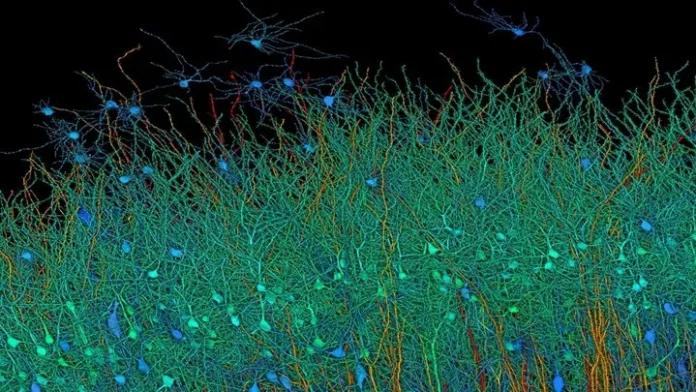Harvard and Google Research scientists have released the largest neural connection dataset ever, revealing a detailed 3D map of a minuscule portion of the human brain. Although the section is just one cubic millimeter in size, the amount of information it contains is staggering. This effort required advanced technology and meticulous work, offering unprecedented insights into the complexity of the human brain.
Harvard and Google Create 3D Brain Map of Unprecedented Detail A team of scientists led by Jeff Lichtman, Professor of Molecular and Cellular Biology at Harvard, collaborated with Google Research to map a one cubic millimeter section of the human brain in three dimensions. This tiny segment contains 57,000 cells, 230 millimeters of blood vessels, and 150 million synapses, amounting to 1,400 terabytes (or 1.4 million gigabytes) of data. The sheer amount of information in this small area illustrates the incredible complexity of the human brain.
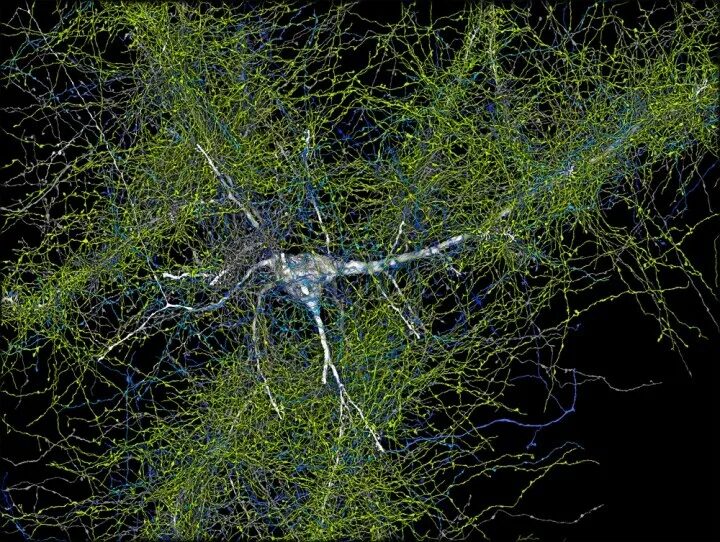
Building the Largest 3D Brain Map To create this map, the team sliced the brain tissue sample into 5,000 sections and scanned each with high-speed electron microscopy. A machine learning model was then used to reconstruct these sections into a cohesive 3D map. The result is the largest 3D brain map ever created, providing a high-resolution view of every cell and connection in a piece of brain tissue about half the size of a grain of rice.
The data obtained from this map is publicly accessible via the Neuroglancer web platform, allowing other researchers to explore and make their own discoveries. The researchers have already identified some surprising structures, such as “axon loops,” where long fibers curve back on themselves, and single axons creating multiple synapses, sometimes up to 50. These unexpected findings open new questions about the brain’s structure and function.
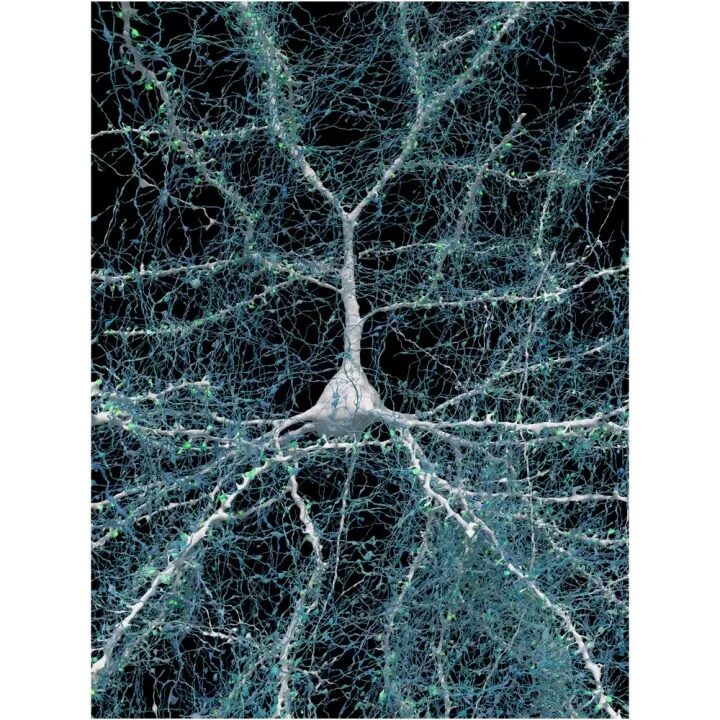
Overcoming Challenges in Brain Mapping Creating a map of this detail is no easy task. Brain tissue quickly degrades after death, making it challenging to obtain viable samples. The team used a section of brain tissue from a woman undergoing surgery for epilepsy, preserved in resin to prevent decay. High-speed electron microscopy captured the slices, while Google researchers used machine learning to align them and trace the neural connections. Any mistake could lead to misinterpretations of the complex neural networks.
What’s Next for Brain Mapping? This work is part of the larger BRAIN Initiative, aimed at creating a high-resolution map of an entire mouse brain. Achieving this goal would require 1,000 times more data than this current study, roughly 1,400 petabytes. Mapping the entire human brain would likely need around 1 exabyte of data, comparable to the scale of CERN’s Large Hadron Collider data centers.
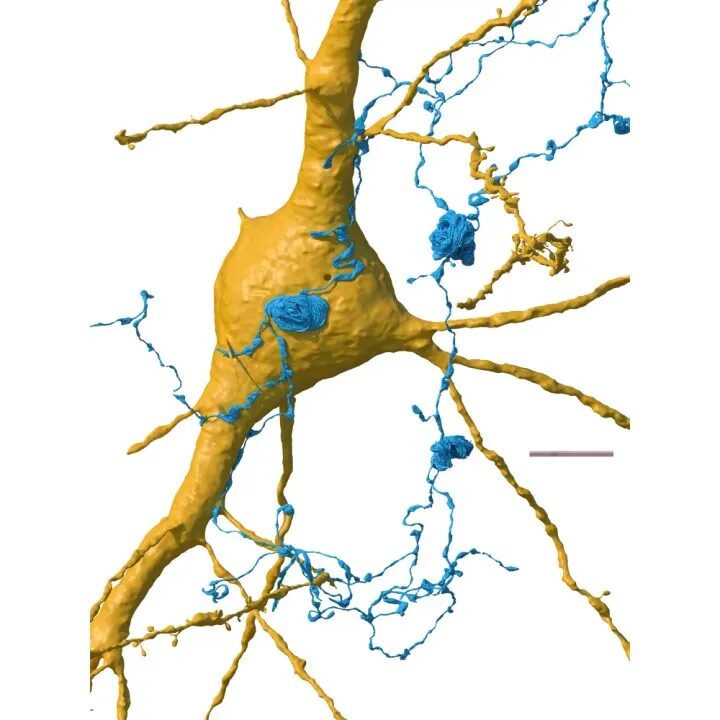
Implications for Understanding the Human Brain This detailed brain map focuses on the anterior temporal lobe, responsible for semantic memory, which involves recognizing and processing objects, people, words, and facts. This region is crucial for human memory and learning functions, providing insights into how the brain processes information and how neurological disorders might affect these processes.
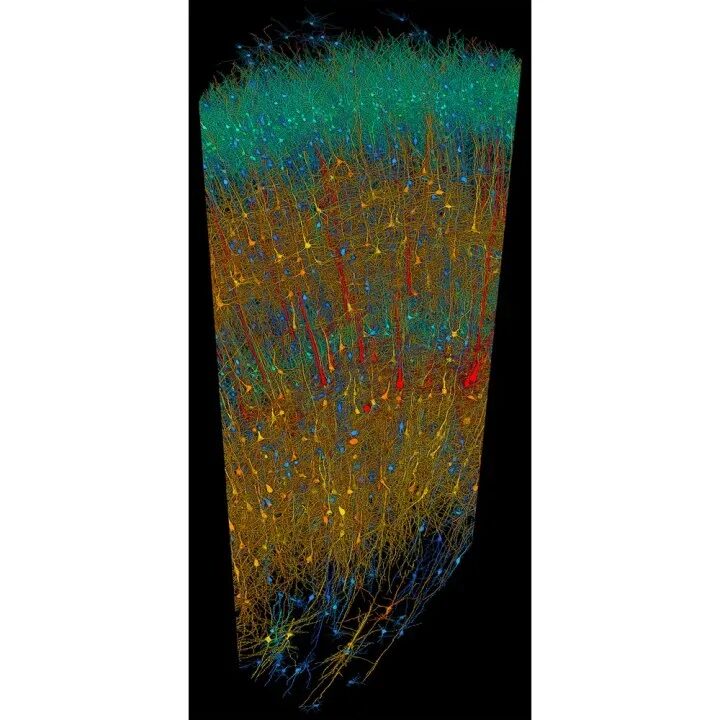
While these advancements in brain mapping are significant, they also underscore the challenges and complexity of understanding the human brain. The insights gained from this research could pave the way for further breakthroughs in neuroscience and help us better understand the intricate workings of our minds.

